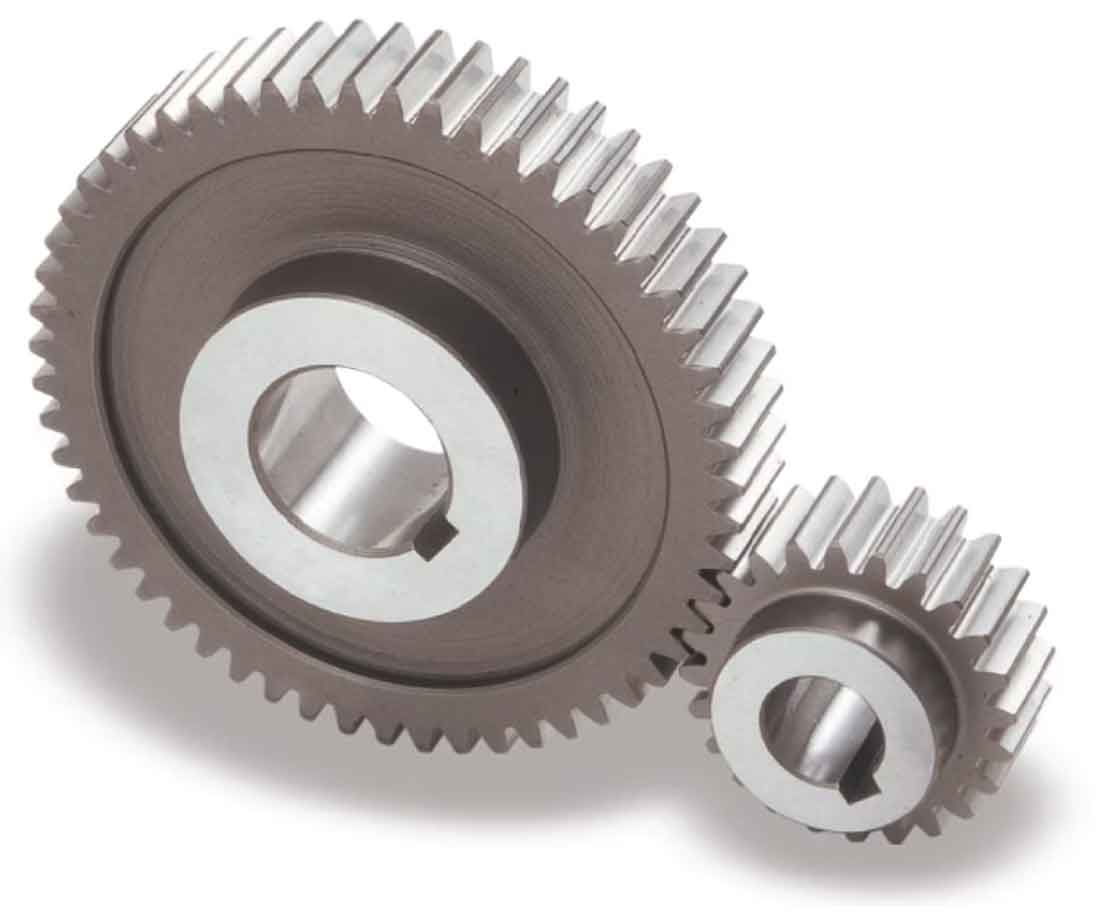Troubleshooting common issues with spur gears in industrial applications is essential for maintaining the efficiency and longevity of machinery. Spur gears, with their simple design and straight teeth, are widely used in various industrial settings, including manufacturing, automotive, and aerospace sectors. Despite their reliability, they are not immune to problems. Identifying and addressing these issues promptly can prevent costly downtime and extend the service life of the equipment. Let’s explore some of the most common issues with spur gears and how to troubleshoot them.

1. Wear and Tear
Symptoms: Excessive noise, vibration, and a decrease in spur gear efficiency.
Causes: Continuous operation, poor lubrication, abrasive contaminants, or incorrect spur gear alignment.
Troubleshooting: Inspect spur gears for wear patterns, ensure proper lubrication, and check alignment. If wear is significant, replacing the spur gears may be necessary. Implementing regular maintenance schedules can prevent premature wear.
2. Gear Teeth Breakage
Symptoms: Sudden spur gear failure, inability to transmit power, loud noises.
Causes: Excessive load, impact loading, material defects, or poor design.
Troubleshooting: Inspect the broken teeth for signs of fatigue or material defects. Review the operational loads and ensure they do not exceed the gear’s design specifications. Replacing the broken spur gear with one made of a more suitable material or design for the application may be necessary.
3. Overheating
Symptoms: High temperatures in spur gear area, discoloration of spur gear teeth.
Causes: Overloading, high-speed operation, insufficient or incorrect lubrication.
Troubleshooting: Check the operational load and speed to ensure they are within limits. Inspect and replace the lubricant with the correct type and grade. Consider installing a cooling system if overheating persists.
4. Misalignment
Symptoms: Uneven wear on spur gear teeth, increased vibration and noise.
Causes: Improper installation, bearing wear, or thermal expansion.
Troubleshooting: Use precision instruments to check and adjust the alignment of the spur gears. Regularly inspect and replace worn bearings. Allow for thermal expansion in the design of spur gear setup.
5. Lubrication Issues
Symptoms: Increased wear, overheating, and noise. Causes: Using incorrect lubricant, insufficient lubrication, contamination of lubricant. Troubleshooting: Verify that the correct lubricant is used and that it is applied in the appropriate amount. Regularly check and replace contaminated or degraded lubricant. Implement a lubrication maintenance schedule.
6. Noise and Vibration
Symptoms: Unusual or excessive noise and vibration during operation. Causes: Could be due to any of the issues mentioned above – misalignment, wear and tear, lubrication issues, or teeth breakage. Troubleshooting: Conduct a comprehensive inspection to identify the underlying cause. Address the specific issue based on its cause, such as realigning spur gears, ensuring proper lubrication, or replacing damaged parts.
Conclusion
Regular maintenance and proper operation are key to preventing most issues with spur gears in industrial applications. By understanding the common problems and their symptoms, maintenance personnel can troubleshoot effectively, ensuring that machinery continues to operate efficiently and reliably. Implementing a routine inspection and maintenance schedule can significantly reduce the likelihood of spur gear failure and extend the lifespan of industrial equipment.
